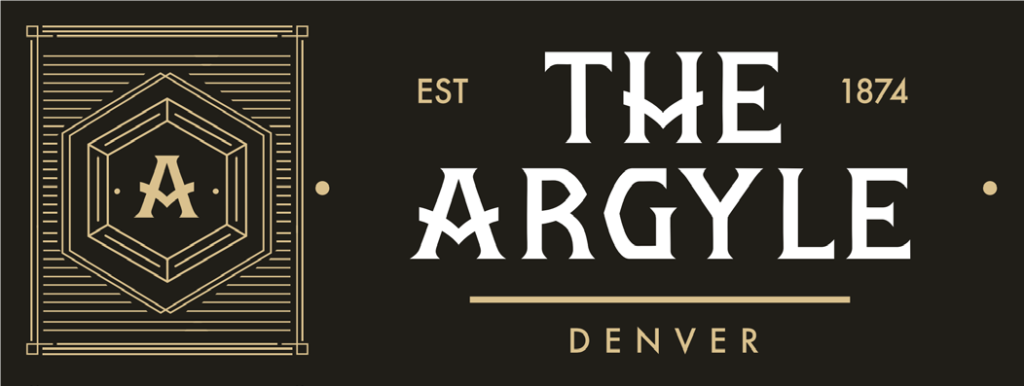Seniors face specific risks in the home environment. Keeping your aging parent or loved one safer as they age in place requires certain precautions to minimize accidents, fatigue and stress. With that in mind, here are the most important considerations to remember when doing a safety audit of your senior’s home.
Basic safety tips to help seniors age in place
There are a variety of small things you can do to increase home safety:
- Install smoke and carbon monoxide detectors (or test them if needed)
- Use bright lights and lamps, especially in hallways, closets, and stairwells
- Outdoor motion-sensing lights are also useful
- Prevent hot water burns by adjusting the water heater’s thermostat
- Make sure a fire extinguisher is easily reachable in the kitchen
Home modifications that keep seniors safe
Making the home easier to navigate is another helpful way to keep your loved one safe. Walk through each room in the house and try to assess spaces from your loved one’s perspective, thinking about the exact types of challenges they might face due to limited mobility. Big changes aren’t always possible, but some modifications require little alteration to the home itself. Options to consider include:
- Switches that can be reached from a wheelchair or bed
- A raised toilet seat
- A shower chair
- Railings throughout the home
- Offset door hinges to make room for wheelchairs and walkers
- Smart home automation technology that turns appliances off after a certain time period
More significant remodeling projects that can have a positive impact include:
- Widening doorways, entries, and hallways
- Replacing traditional swinging doors with pocket doors
- A walk-in shower without a step-over threshold
- An electric stair lift
- New flooring to help prevent slips and falls, such as rubber flooring
- Wheelchair ramps
Mitigating falls in a senior’s home
Falls are one of the biggest safety concerns for seniors who live at home. Your safety precautions should include things like:
- Removing throw rugs
- Repairing loose carpeting and any other uneven flooring
- Using rubber-backed bath mats
- Taking the wheels off of chairs
- Adding railings
- Installing grab bars next to toilets
- Keeping cords and clutter off floors
This Home Safety Self-Assessment Tool from the University at Buffalo is another great resource to download, and you can use it to identify potential hazards in every room of the house – Safely Age at Home Checklist
Schedule frequent in-person visits
The best way to keep tabs on the safety of your beloved senior’s home environment is to spend time with them in person. You’ll notice issues as they materialize and can fix potential problems before they lead to an injury. These visits also offer the perfect opportunity to talk candidly about any emerging challenges, and they’re an active demonstration of your care and concern. Developing this type of close relationship will be a blessing as you continue to navigate the ups and downs of aging.
As a local nonprofit, The Argyle has brought high quality and affordable care to Denver’s seniors since 1874. To this day, our caring team remains committed to encouraging independence and preserving the dignity of every resident who calls our community home.
